Home>Interior Design>Should Living Room Furniture Be In The Same Height? We Find Out!
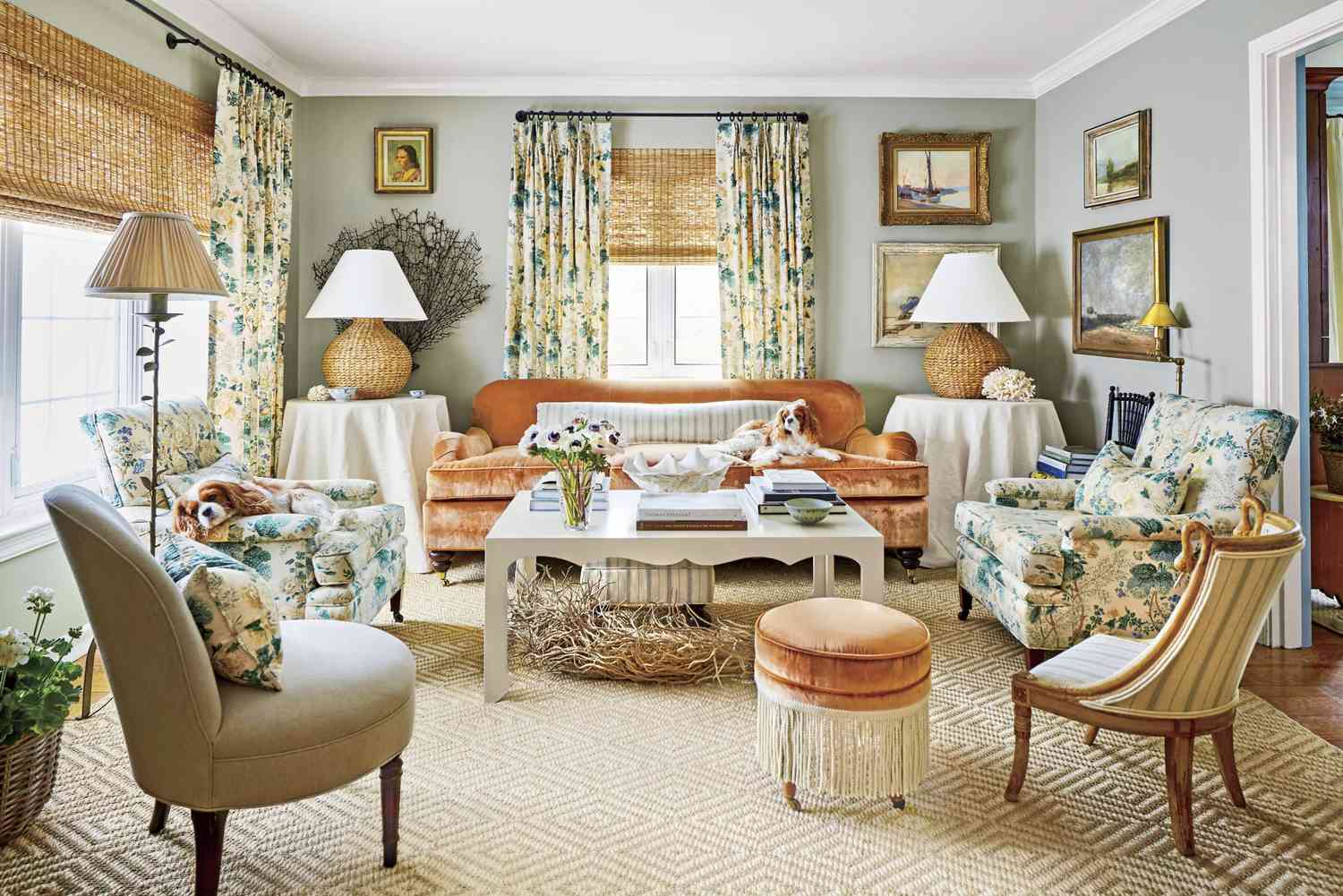

Interior Design
Should Living Room Furniture Be In The Same Height? We Find Out!
Modified: January 20, 2024
Discover the importance of matching heights in living room furniture for a cohesive interior design. Enhance your space with our expert tips and advice.
(Many of the links in this article redirect to a specific reviewed product. Your purchase of these products through affiliate links helps to generate commission for Storables.com, at no extra cost. Learn more)
Introduction
When it comes to designing a living room, there are many factors to consider, including furniture placement, color schemes, and overall aesthetics. One important consideration that often goes unnoticed is the height of the furniture pieces in the room. Should living room furniture be the same height, or is it better to have a mix of heights? In this article, we will explore the importance of furniture height in the living room and discuss the benefits and drawbacks of having consistent furniture height.
The height of furniture can greatly impact the visual balance and functionality of a living room. A well-designed space will have furniture pieces that complement each other and create a harmonious arrangement. Whether you’re aiming for a modern, minimalist look or a cozy, eclectic vibe, the height of your furniture plays a crucial role in achieving the desired aesthetic.
But why is furniture height so important? First and foremost, it affects the overall proportion and balance of the room. When all the furniture in a living room is the same height, it can create a monotonous and static feel. On the other hand, a mix of furniture heights adds visual interest and creates a dynamic and layered look. By incorporating furniture of different heights, you can add depth and dimension to your living room design.
Another benefit of having consistent furniture height is functionality. Different furniture heights can serve different purposes. For example, having a taller bookshelf or cabinet can provide ample storage space, while lower coffee tables or ottomans can offer a comfortable spot to put up your feet or place snacks during movie nights. By considering the intended use and functionality of each furniture piece, you can choose heights that cater to your specific needs.
However, there are some drawbacks to having consistent furniture height in a living room. One potential issue is the lack of variation and visual interest. If all the furniture pieces are at the same height, the room can feel flat and lacking in character. Additionally, certain activities may be hindered by having furniture at a uniform height. For example, if all the seating options are at the same level, it might be difficult for people of different heights to find a comfortable position. Flexibility and ergonomics can be compromised when there is no variation in furniture height.
So, how do you strike the right balance with furniture height in your living room? It’s important to consider the overall style and theme of your space. If you prefer a more traditional or formal look, having consistent furniture height can create a cohesive and elegant ambiance. On the other hand, if you’re going for a contemporary or eclectic design, mixing furniture heights can add an element of surprise and creativity.
When choosing furniture for your living room, be mindful of the scale and proportion of each piece. Ideally, you want to create a visual hierarchy with the tallest furniture at the back and the shorter pieces in the front. This arrangement gives the room a sense of depth and balance. Consider the function of each furniture item and how it will be used in the space. This will help determine the appropriate height for each piece.
Key Takeaways:
- Embrace a mix of furniture heights in your living room to add visual interest, depth, and versatility. Create a unique and personalized space that reflects your style and caters to diverse needs.
- Consider consistent furniture height for a cohesive and formal living room aesthetic. Achieve visual unity, simplicity in decision-making, and a sense of balance and symmetry.
The Importance of Furniture Height in the Living Room
When designing a living room, the height of the furniture plays a crucial role in creating a visually pleasing and functional space. The height of your furniture can impact the overall proportion and balance of the room, as well as affect the comfort and usability of the space.
One of the key reasons why furniture height is important in the living room is its impact on the visual aesthetics of the space. Furniture pieces that are all the same height can create a monotonous and flat look. On the other hand, incorporating furniture of different heights can add depth and dimension to the room’s design. By using pieces of varying heights, you create visual interest and a more dynamic and layered feel in the living room.
In addition to aesthetics, furniture height also plays a significant role in the functionality of the living room. Different furniture heights can serve different purposes and cater to various needs. For example, a taller bookshelf or cabinet can provide ample storage space for books, decor items, and other belongings. On the other hand, lower coffee tables or ottomans can offer a comfortable spot to put up your feet, place drinks, or even double as extra seating during gatherings.
Furthermore, furniture height influences the comfort and ergonomics of the living room. When all the seating options are at the same level, it can be challenging for individuals of different heights to find a comfortable position. By incorporating furniture of varying heights, you can provide options for people to choose seating that suits their needs. This flexibility ensures that everyone in the room can have a comfortable and enjoyable experience.
Another aspect to consider when it comes to furniture height is the scale and proportion of the room. Choosing the right heights for your furniture pieces will help create a visual hierarchy and balance in the living room. Placing taller furniture pieces at the back and shorter ones in the front creates depth and adds visual interest to the space. This arrangement also ensures that the furniture does not overpower or visually dominate the room.
Ultimately, the importance of furniture height in the living room lies in its ability to enhance the overall design, functionality, and comfort of the space. By carefully selecting and arranging furniture of different heights, you can create a visually appealing, practical, and inviting living room that caters to the diverse needs of its occupants.
Benefits of Having Consistent Furniture Height
While incorporating furniture of different heights can create visual interest and a dynamic look in a living room, there are also benefits to having consistent furniture height. Consistency in furniture height can contribute to a cohesive and harmonious design, as well as offer certain practical advantages.
One of the key benefits of having consistent furniture height is the sense of visual unity it creates in the living room. When all the furniture pieces are at the same height, there is a sense of balance and symmetry in the space. This can give the room a more organized and intentional look. Consistent furniture height can also contribute to a more formal or elegant aesthetic, particularly in traditional or classical interior design styles.
Furthermore, having furniture of the same height can simplify the decision-making process when selecting and arranging furniture. You don’t have to worry about balancing different heights or coordinating various elements. This can be particularly helpful for those who prefer a more minimalist or streamlined look in their living room.
Consistent furniture height can also be advantageous for small living rooms where space is limited. By keeping all the furniture at the same height, you create a sense of openness and avoid overcrowding the room. This can make the space appear larger and more spacious. Additionally, having furniture at a consistent height can help with maintaining a clean and organized look, as it avoids the potential clutter and visual confusion that can arise from mixing furniture heights.
Another practical benefit of having consistent furniture height is the ease of use and functionality it provides. When all the seating options, such as chairs, sofas, and ottomans, are at the same level, it becomes easier for people to converse and engage in social interactions. There is a more even eye level, which promotes better communication and creates a sense of inclusivity in group settings.
Consistent furniture height can also be beneficial for those with mobility issues or physical limitations. If all the furniture is at a similar height, it makes it easier for individuals to transition between seating surfaces and maneuver within the living room. This can enhance accessibility and ensure that everyone can comfortably navigate and enjoy the space.
Overall, the benefits of having consistent furniture height in the living room revolve around creating a cohesive and visually pleasing design, simplifying decision-making, maximizing space, promoting social interactions, and enhancing accessibility. While mixing furniture heights can add variety and visual interest, consistency in furniture height offers its own set of advantages for those who prefer a more unified and streamlined design approach.
Drawbacks of Having Consistent Furniture Height
While there are benefits to having consistent furniture height in a living room, it’s important to consider the potential drawbacks that come with this design choice. Understanding these drawbacks can help you make a more informed decision about the furniture arrangement in your space.
One of the main drawbacks of having consistent furniture height is the potential lack of visual interest and variation in the room. When all the furniture pieces are at the same height, the space can feel flat and lacking in dimension. The uniformity can create a monotonous and static look, which may not appeal to those who prefer a more eclectic or visually stimulating living room design.
Having furniture of the same height can also limit the functionality and versatility of the living room. Different furniture heights serve different purposes and cater to diverse needs. For example, low coffee tables or ottomans can provide a convenient surface for placing drinks or propping up your feet, while taller bookshelves offer ample storage space. By having furniture at consistent heights, you may miss out on the opportunity to incorporate these functional and versatile elements into your living room.
Another drawback of consistent furniture height is the potential lack of flexibility and adaptability. If all the seating options are at the same level, it can be challenging for individuals of different heights to find a comfortable position. This can impact the overall comfort and usability of the living room, particularly for those who require additional support or have specific ergonomic needs.
In addition, consistent furniture height may not be suitable for certain design styles. For instance, contemporary or modern interior designs often embrace the concept of mixing furniture heights to create a visually dynamic space. If you are aiming for these design styles, having consistent furniture height may not align with the overall aesthetic you are trying to achieve.
Furthermore, having furniture of the same height in a living room can limit your options for creative expression and personalization. Mixing furniture heights allows you to experiment with different arrangements and create unique focal points in the room. It can also provide opportunities to showcase decorative items or artwork at varying eye levels, adding visual interest and personality to the space.
Lastly, it’s important to consider the impact of consistent furniture height on the perception of space in the living room. In some cases, having furniture of the same height can visually divide the room into horizontal sections, potentially making the space feel smaller or more confined. This can be a concern, especially in smaller living rooms where maximizing the sense of openness and flow is crucial.
Overall, the drawbacks of having consistent furniture height in the living room include potential lack of visual interest and variation, limited functionality and versatility, reduced flexibility and adaptability, potential mismatch with certain design styles, and limitations on creative expression and personalization. Consider these aspects carefully when making decisions about the furniture arrangement in your living room.
Living room furniture does not need to be the same height. Varying heights can create visual interest and a more dynamic space. However, it’s important to consider the overall balance and flow of the room when mixing different heights of furniture.
Considerations for Furniture Height in the Living Room
When deciding on the furniture height in your living room, it’s essential to consider various factors to ensure optimal functionality, comfort, and aesthetic appeal. Here are some key considerations to keep in mind:
1. Purpose and Functionality: Think about how you intend to use the living room and the specific functions you want your furniture to serve. For example, if you enjoy hosting gatherings and socializing, consider furniture of varying heights to accommodate different seating preferences. If storage is a priority, opt for taller bookshelves or cabinets to maximize vertical space.
2. Proportions and Scale: Take into account the overall size and layout of your living room. Consider the scale of the furniture in relation to the room’s dimensions. A large and spacious living room can accommodate taller and more substantial furniture, while smaller rooms may benefit from lower profiles to create a sense of openness and prevent the space from feeling overwhelmed.
3. Balance and Symmetry: Achieving visual balance is crucial in a well-designed living room. If you prefer a more formal or traditional look, consistent furniture height can help create a sense of symmetry and cohesion. However, if you’re aiming for a more eclectic or contemporary design, mixing furniture heights can add visual interest and create a dynamic atmosphere.
4. Comfort and Ergonomics: Consider the comfort and usability of the furniture for all members of your household. Choose seating options that provide adequate back and arm support, and ensure the height of chairs and sofas align with the comfort preferences of those who will be using them. This consideration becomes especially important if you or your family members have specific physical needs or disabilities.
5. Visual Flow: Take into account how furniture height contributes to the overall flow and movement in your living room. Ensure that there are clear pathways and that furniture arrangements do not obstruct natural traffic flow. Incorporating furniture of different heights can help create visual interest and guide the eye throughout the space.
6. Style and Theme: Your personal style and the desired ambiance of the living room should inform your furniture choices. Research different design styles and identify which ones resonate with your preferences. Traditional styles often favor consistent furniture height for a more formal look, while contemporary or eclectic styles may incorporate a mix of heights for a more unique and visually engaging design.
7. Multifunctionality and Adaptability: Consider how versatile your furniture needs to be in terms of functionality. If you have limited space or frequent gatherings, furniture with varying heights, such as nesting tables or adjustable seating, can provide flexibility and adaptability to accommodate different activities and usage scenarios.
8. Personal Preference: Ultimately, it’s essential to trust your instincts and select furniture heights that align with your personal taste and comfort. Consider your own height and seating preferences, as well as the preferences of those who will be regularly using the living room.
By taking these considerations into account, you can make informed decisions about the furniture height in your living room, ensuring a space that is visually appealing, comfortable, functional, and reflective of your personal style.
How to Achieve Consistent Furniture Height
If you’ve decided that having consistent furniture height is the right choice for your living room, there are several strategies you can employ to achieve this aesthetic. Here are some tips on how to create a cohesive and visually pleasing look with consistent furniture height:
1. Measure and Plan: Before purchasing any furniture, take accurate measurements of your living room and consider the dimensions of each piece. This will help you determine the appropriate height for your furniture, ensuring a consistent look throughout the space.
2. Coordination and Match: Choose furniture pieces that have similar or complementary heights. This doesn’t mean that every piece has to be exactly the same height, but aim for a general consistency. Look for furniture sets or collections that offer matching or coordinated heights for a streamlined appearance.
3. Consider the Legs: Pay attention to the height of the legs on furniture pieces. Legs can have a significant impact on the overall perception of height. Opt for furniture with legs that are of similar lengths to maintain consistency. If needed, use risers or leg extensions to adjust the height of certain furniture items to match the rest.
4. Customization: In some cases, you may need to customize the height of certain furniture pieces to achieve consistency. For example, if you have a coffee table that is slightly taller than the rest of your furniture, you can consider having it shortened by a professional carpenter to align with the desired height.
5. Use Platforms or Rugs: If you have furniture items that are naturally taller, such as cabinets or bookshelves, consider using platforms or raised platforms to create a consistent height level. Alternatively, you can use area rugs to elevate the shorter furniture and visually level the playing field.
6. Visual Tricks: Make use of visual tricks to create the illusion of consistent height. For example, you can place taller decorative items or artwork on low side tables or shelves to visually extend their height. This can help achieve visual balance and consistency in the room.
7. Harmonize with Accessories: Pay attention to the accessories and decorative elements in your living room. Choose lamps, vases, or other decor items that are in proportion to the furniture height. This will help create a cohesive and harmonious look throughout the space.
8. Regular Maintenance: Keep in mind that maintaining consistent furniture height requires occasional checks and adjustments. Over time, furniture legs or heights may shift or wear down. Regularly inspect and make any necessary adjustments to ensure the desired level of consistency is maintained.
By following these tips and implementing strategies, you can achieve consistent furniture height in your living room. This will result in a cohesive and visually pleasing aesthetic that contributes to the overall harmony and balance of the space.
Case Study: Living Room Designs with Different Furniture Heights
While consistent furniture height can create a unified and balanced look in a living room, it’s important to acknowledge that incorporating different furniture heights can also lead to stunning and visually dynamic designs. Let’s explore a case study of living room designs that successfully incorporate varying furniture heights:
1. Eclectic Bohemian Design: In an eclectic bohemian living room, mixing furniture heights adds to the eclectic and free-spirited vibe. Low coffee tables can be paired with floor cushions and poufs of different heights, creating a casual and relaxed seating area. Taller bookshelves or vertical storage units can be combined with lower seating options to create an asymmetric and visually interesting display.
2. Mid-Century Modern Design: Mid-century modern living rooms often showcase a combination of low-profile furniture with taller accent pieces. For instance, a low sofa and coffee table can be complemented by a floor-to-ceiling bookshelf or a tall standing lamp. This mix creates a sense of balance and provides visual interest without compromising the overall mid-century aesthetic.
3. Contemporary Minimalist Design: In contemporary minimalist living room designs, consistent furniture height is often favored to maintain a clean and streamlined look. However, introducing subtle variations in height can add depth and intrigue. For example, sleek and low-profile furniture pieces can be combined with artfully suspended shelves or floating cabinets at different levels, creating an illusion of visual depth and dimension.
4. Scandinavian Design: Scandinavian living rooms are known for their simplicity and functional designs. In this style, a mix of furniture heights can contribute to a visually inviting and cozy atmosphere. Low sofas and chairs can be paired with tall floor lamps or bookcases, creating a harmonious balance between sleek lines and vertical elements.
5. Industrial Design: Industrial-inspired living rooms can benefit from experimenting with different furniture heights to create an edgy and urban look. For example, combining a low sectional sofa with tall metal shelving units or repurposed warehouse pallets can add an element of visual contrast and create an industrial loft ambiance.
These case studies exemplify how incorporating different furniture heights can enhance the overall design and atmosphere of a living room. By carefully selecting and arranging furniture pieces with varying heights, you can create a visually striking and personalized space that reflects your unique style and personality.
Remember, there are no hard and fast rules when it comes to furniture height in interior design. Whether you choose to have consistent furniture height or embrace a mix of heights, the key is to create a living room that feels comfortable, visually appealing, and aligned with your design preferences.
Conclusion
Considering the height of furniture in your living room is crucial for creating a visually pleasing and functional space. Whether you opt for consistent furniture height or incorporate a mix of heights, there are important factors to consider.
Consistent furniture height offers benefits such as visual cohesion, simplicity in decision-making, and a formal aesthetic. It can create a sense of balance and unity in your living room design. On the other hand, there are drawbacks to having consistent furniture height, including potential lack of visual interest, limited functionality, and reduced flexibility. It may not align with certain design styles or provide opportunities for personalization.
Alternatively, mixing furniture heights can add visual interest, depth, and versatility to your living room. It allows for creativity and personalization, enabling you to create unique focal points and cater to different needs. However, it’s important to find the right balance and ensure that the mix of heights complements the overall aesthetic of the room.
Considerations such as the purpose and functionality of furniture, proportion and scale, comfort and ergonomics, and personal preferences should guide your decision-making process. Whether you choose consistent furniture height or a mix, ensure that the furniture aligns with the style and function of your living room.
In conclusion, there is no one-size-fits-all approach to furniture height in the living room. Both consistent height and a mix of heights have their advantages and considerations. Ultimately, the goal is to create a space that reflects your style, suits your needs, and provides a visually appealing and comfortable environment for you and your guests to enjoy.
Frequently Asked Questions about Should Living Room Furniture Be In The Same Height? We Find Out!
Was this page helpful?
At Storables.com, we guarantee accurate and reliable information. Our content, validated by Expert Board Contributors, is crafted following stringent Editorial Policies. We're committed to providing you with well-researched, expert-backed insights for all your informational needs.
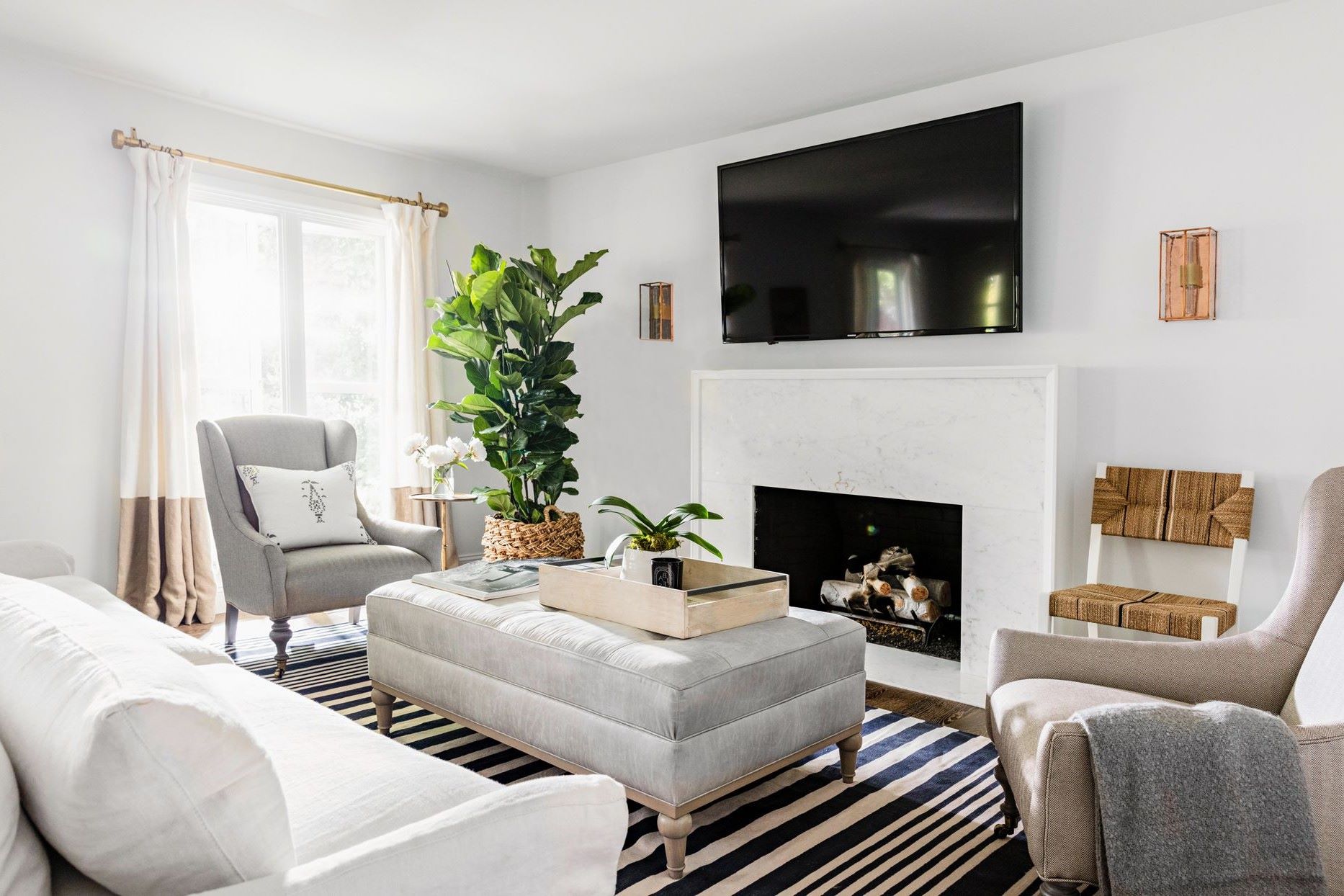
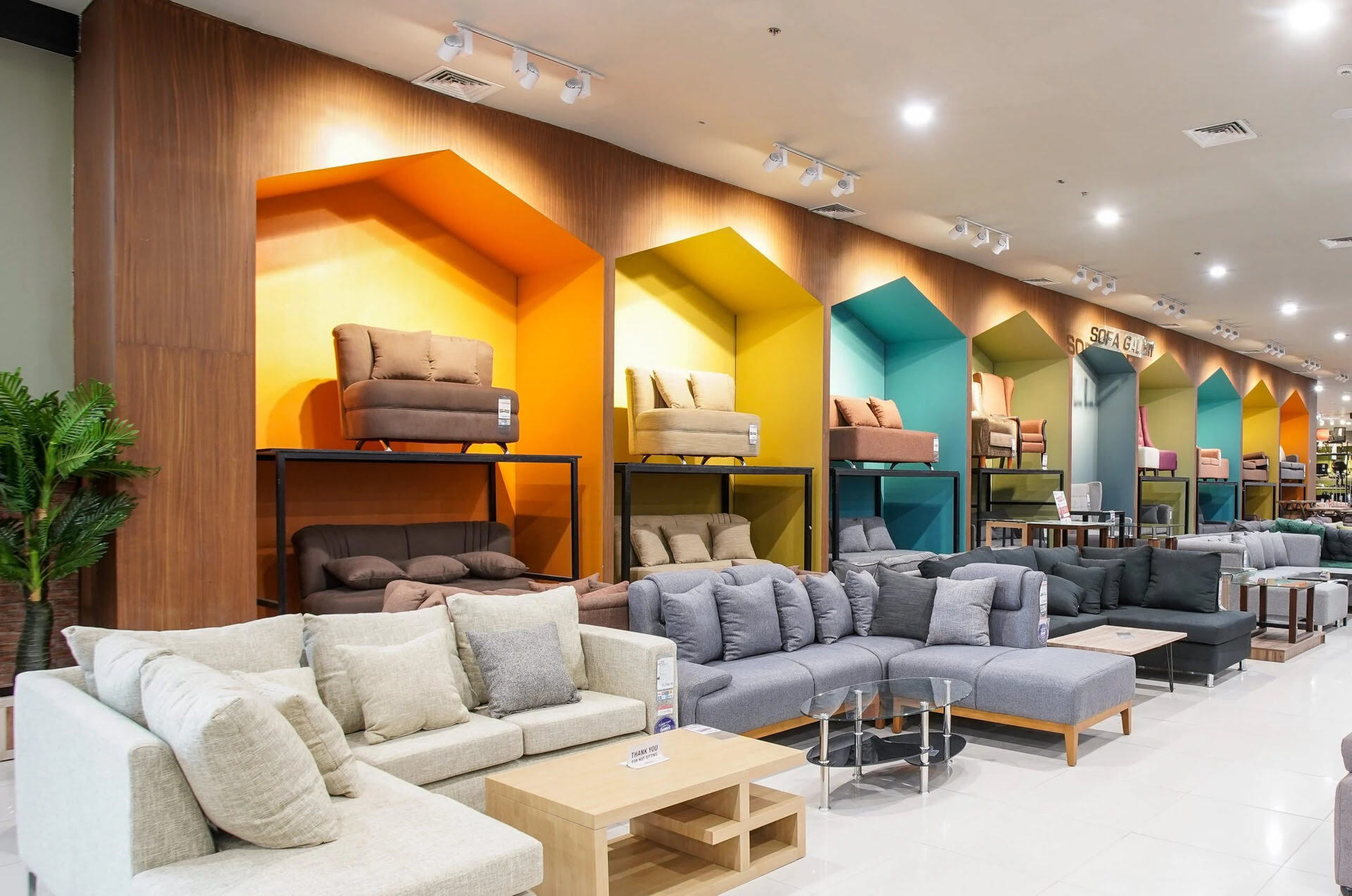
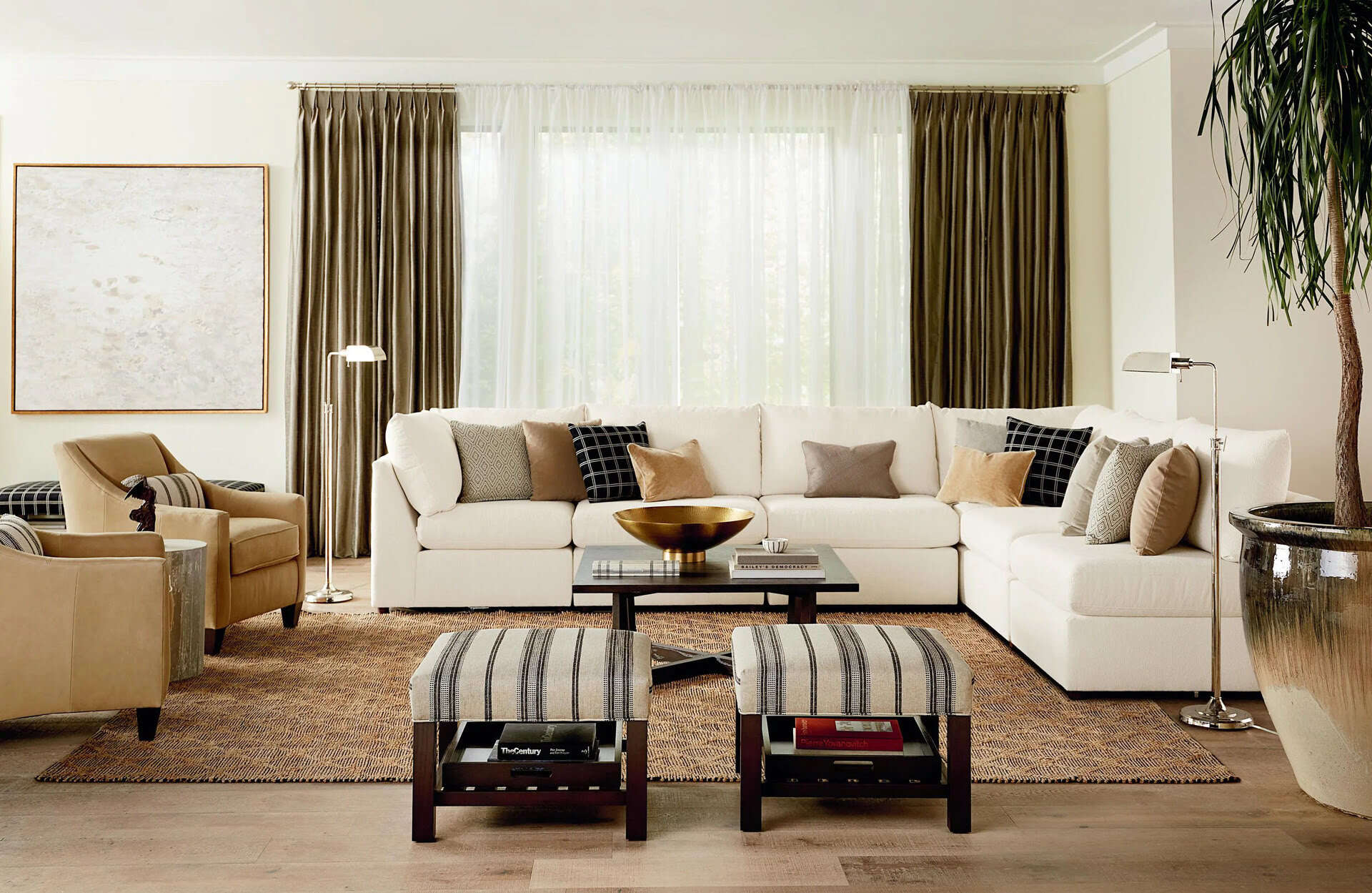
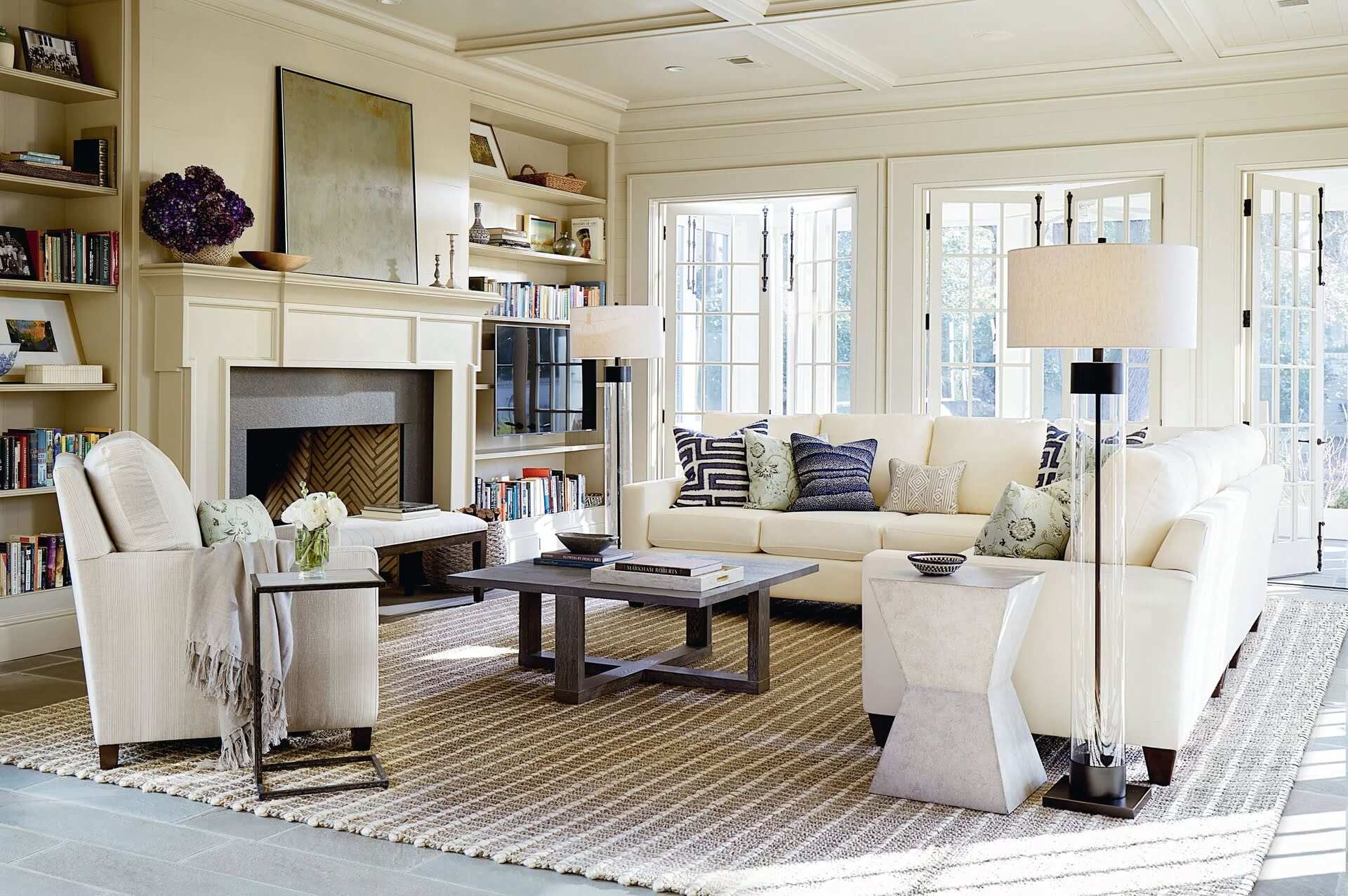
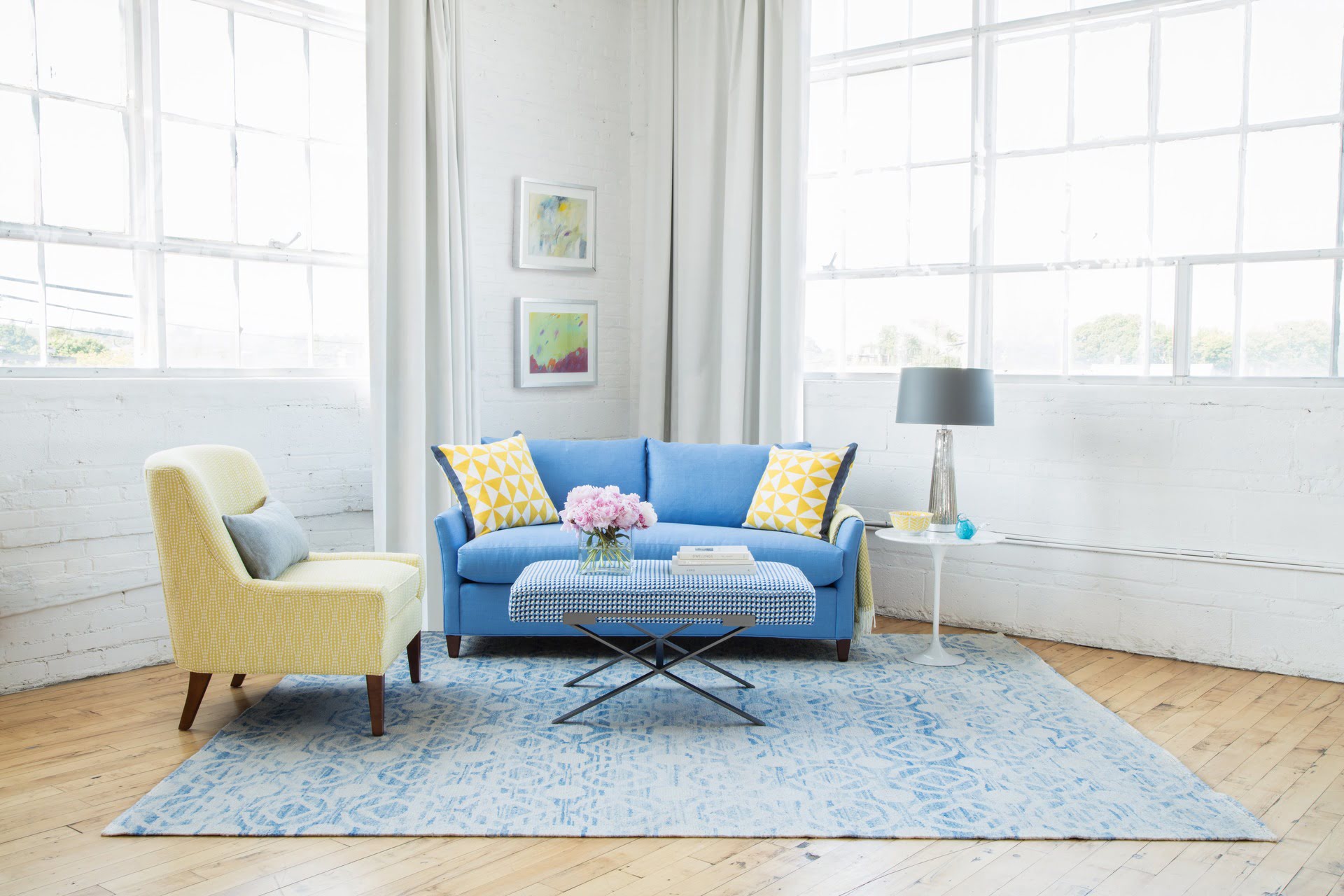
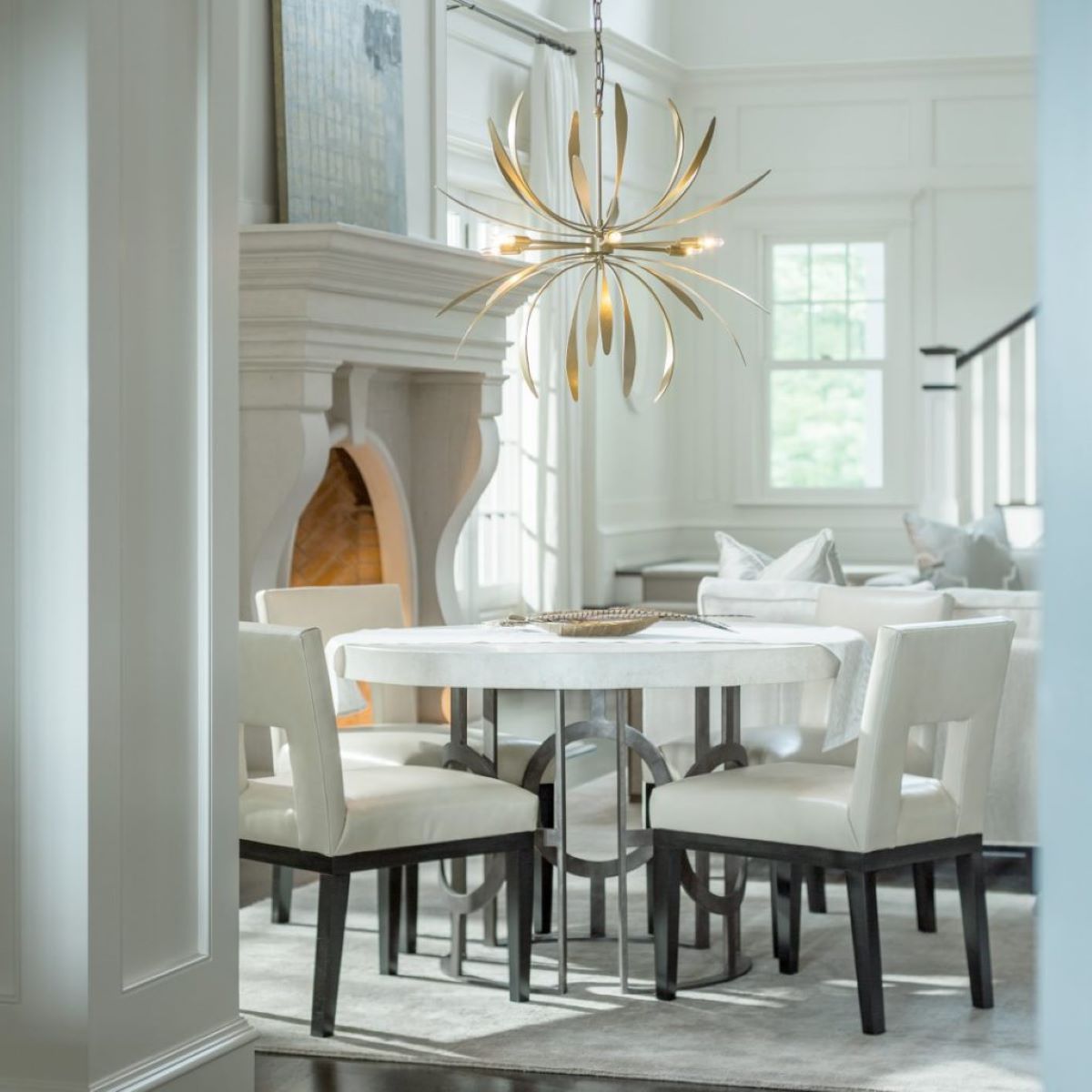

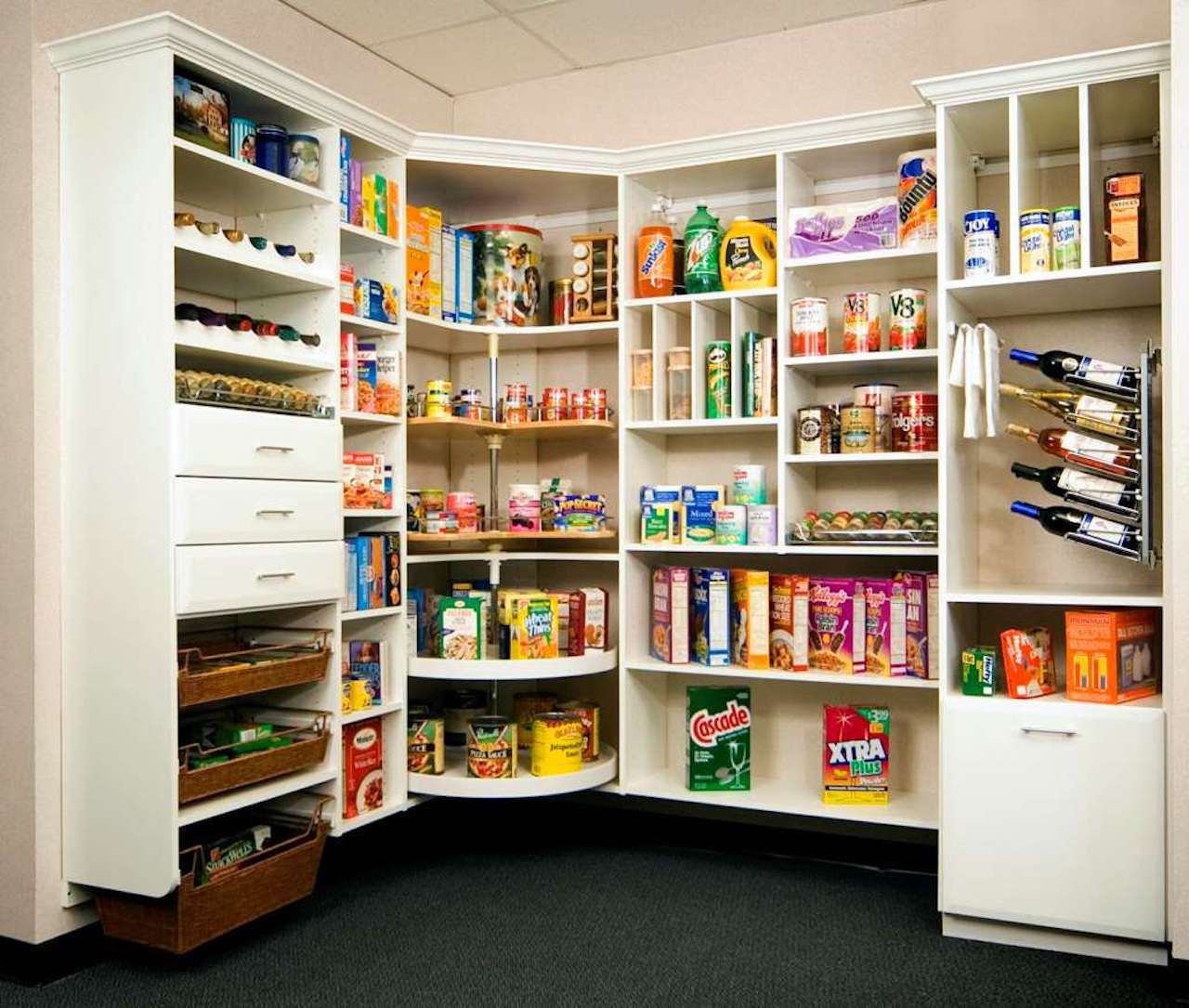
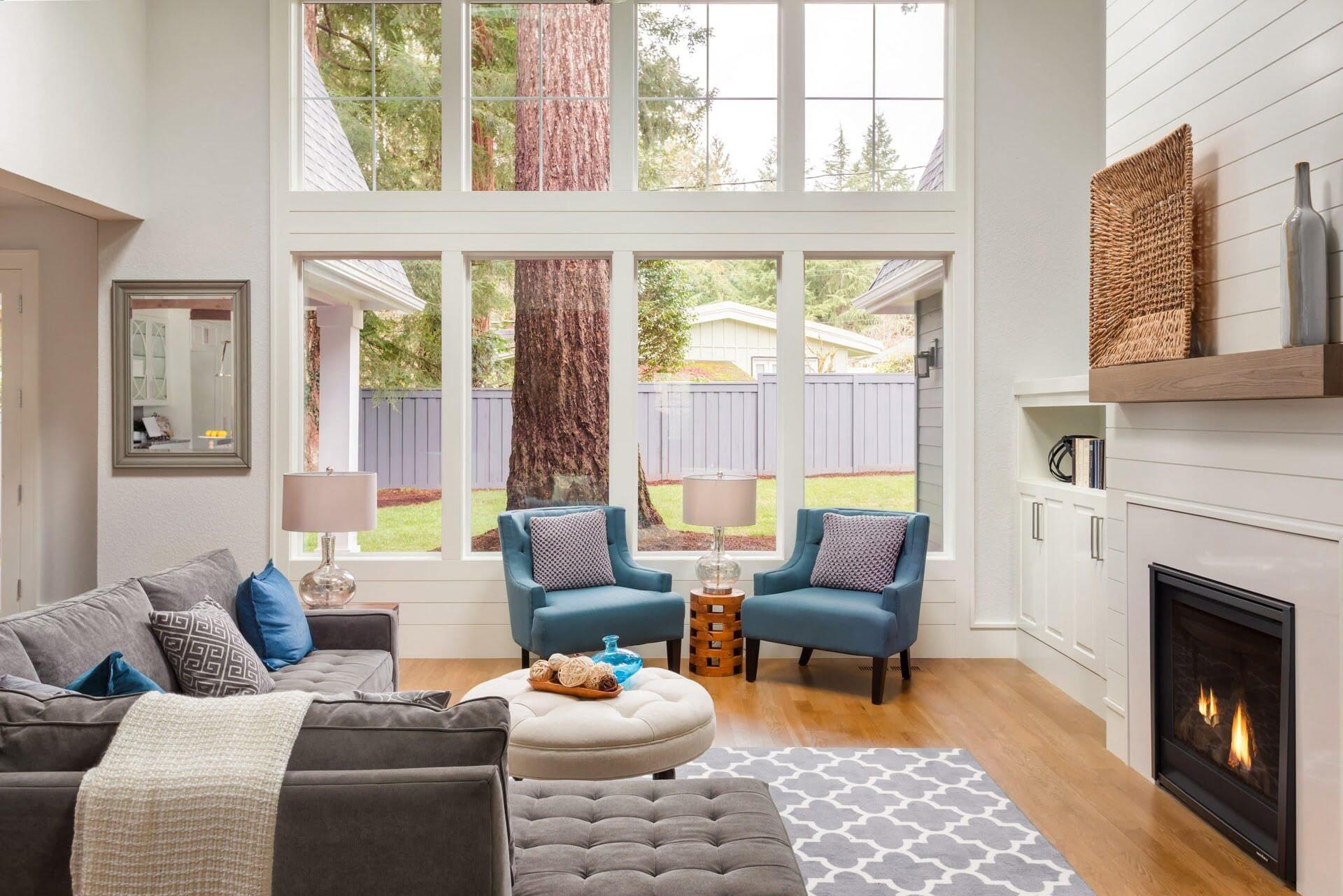
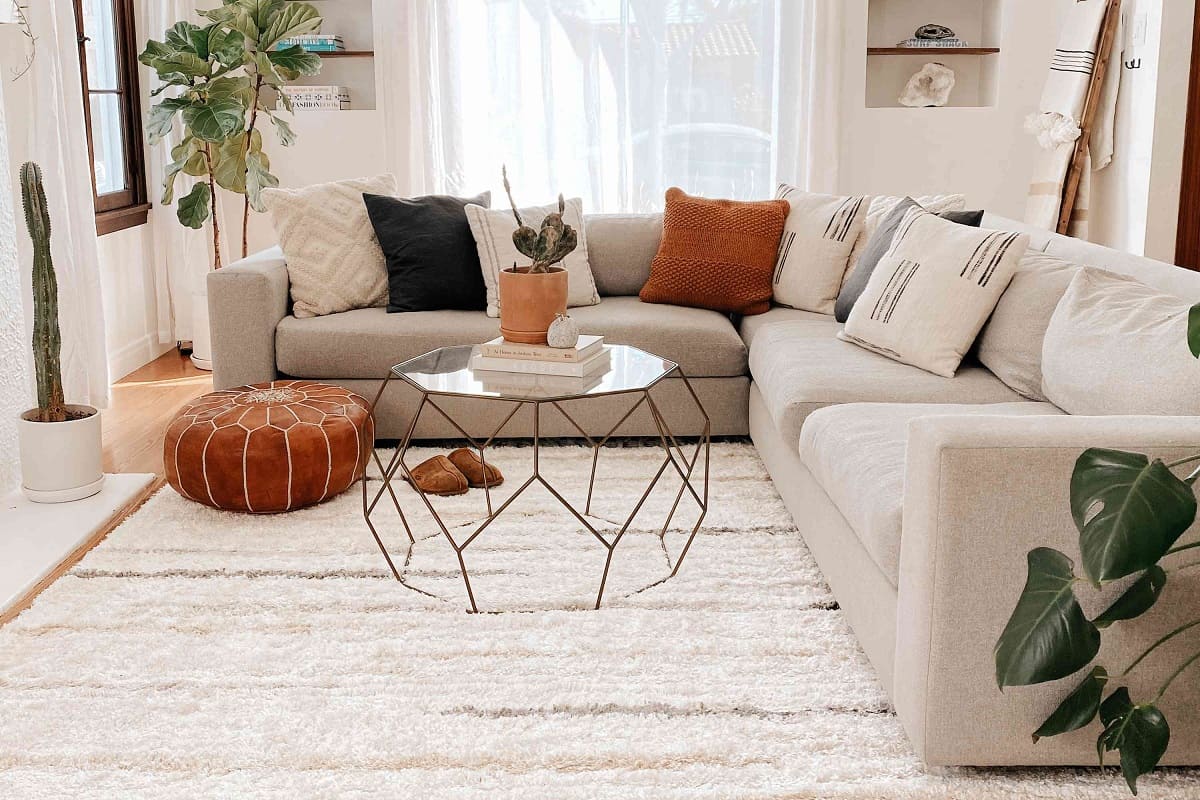
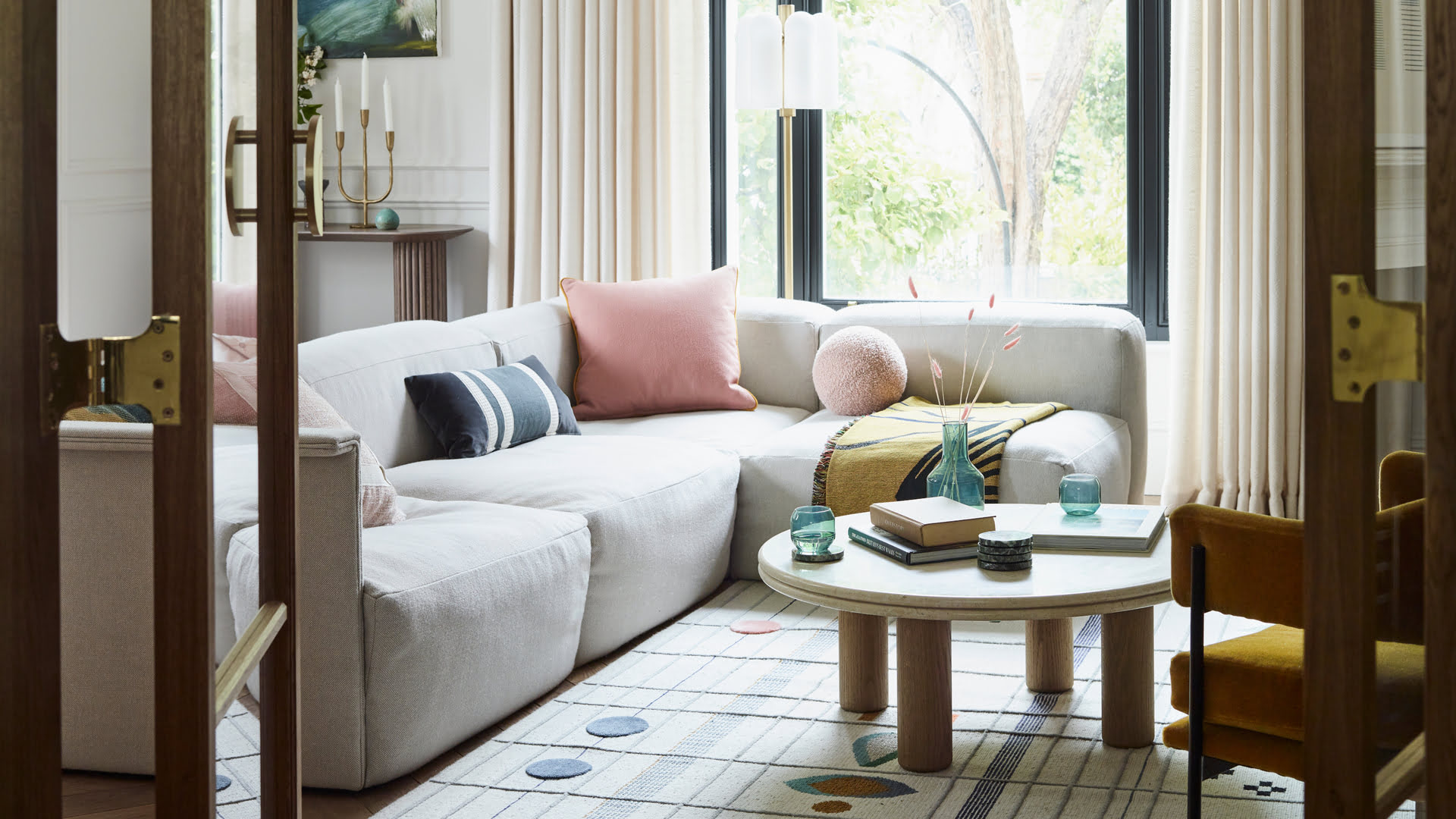
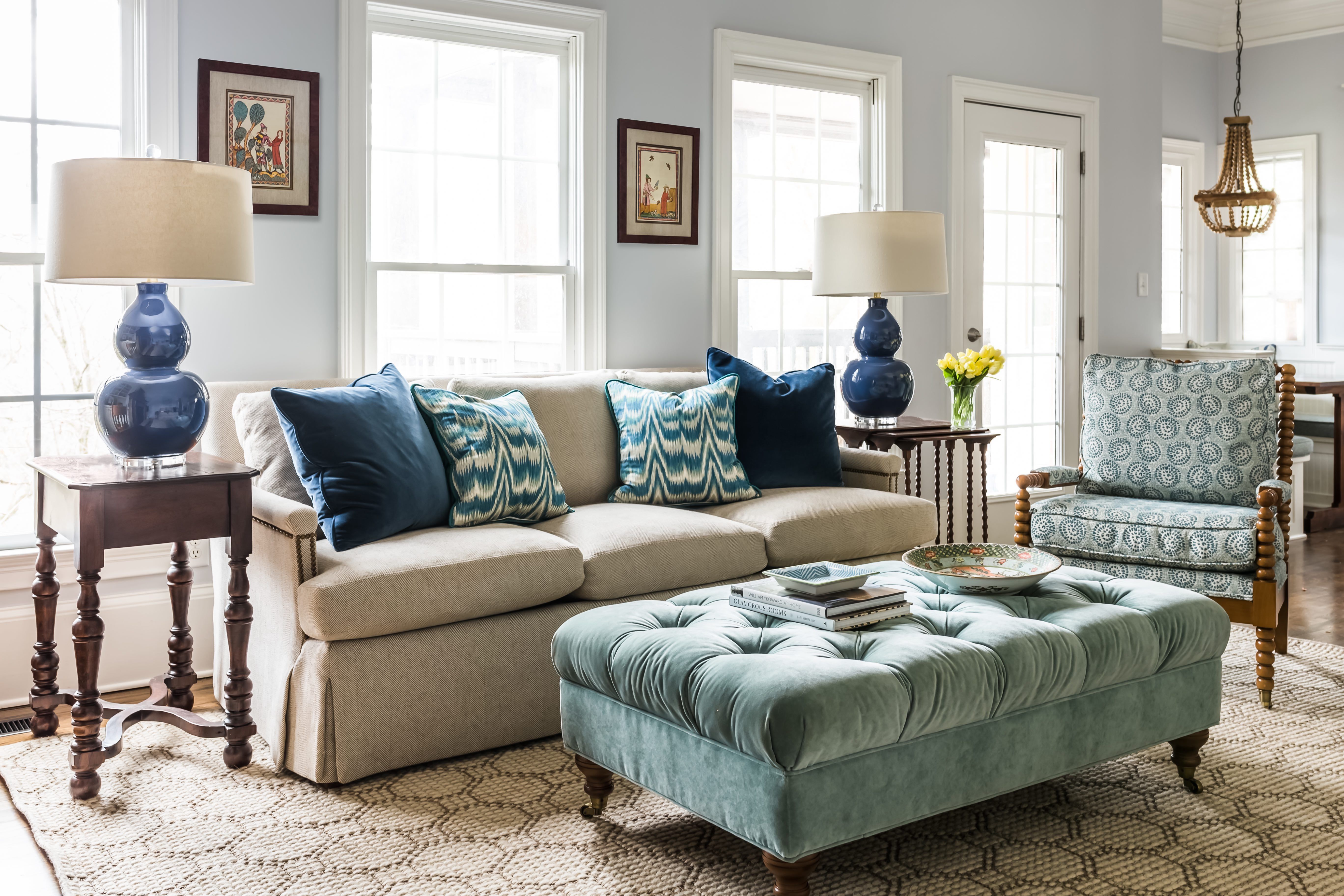
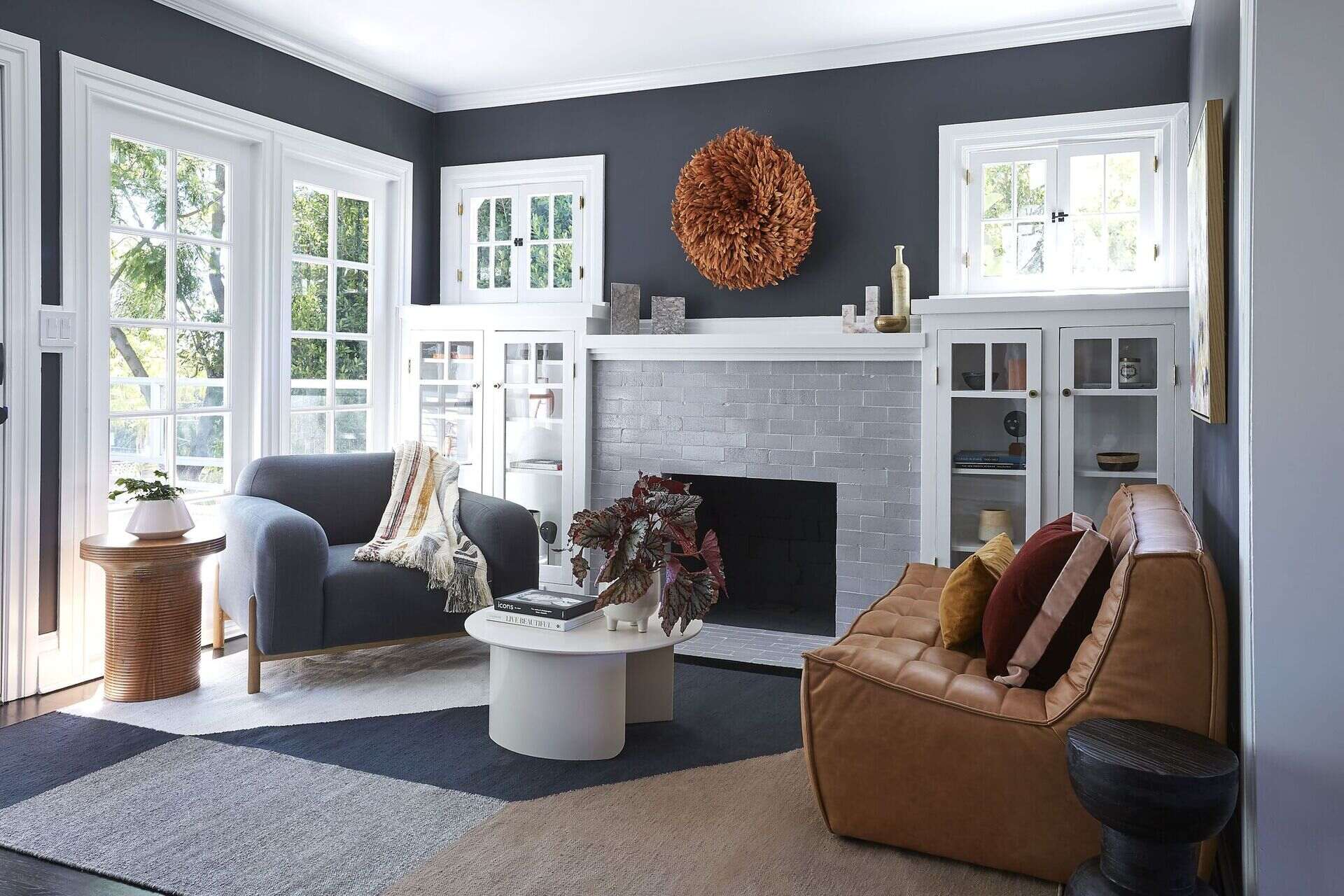
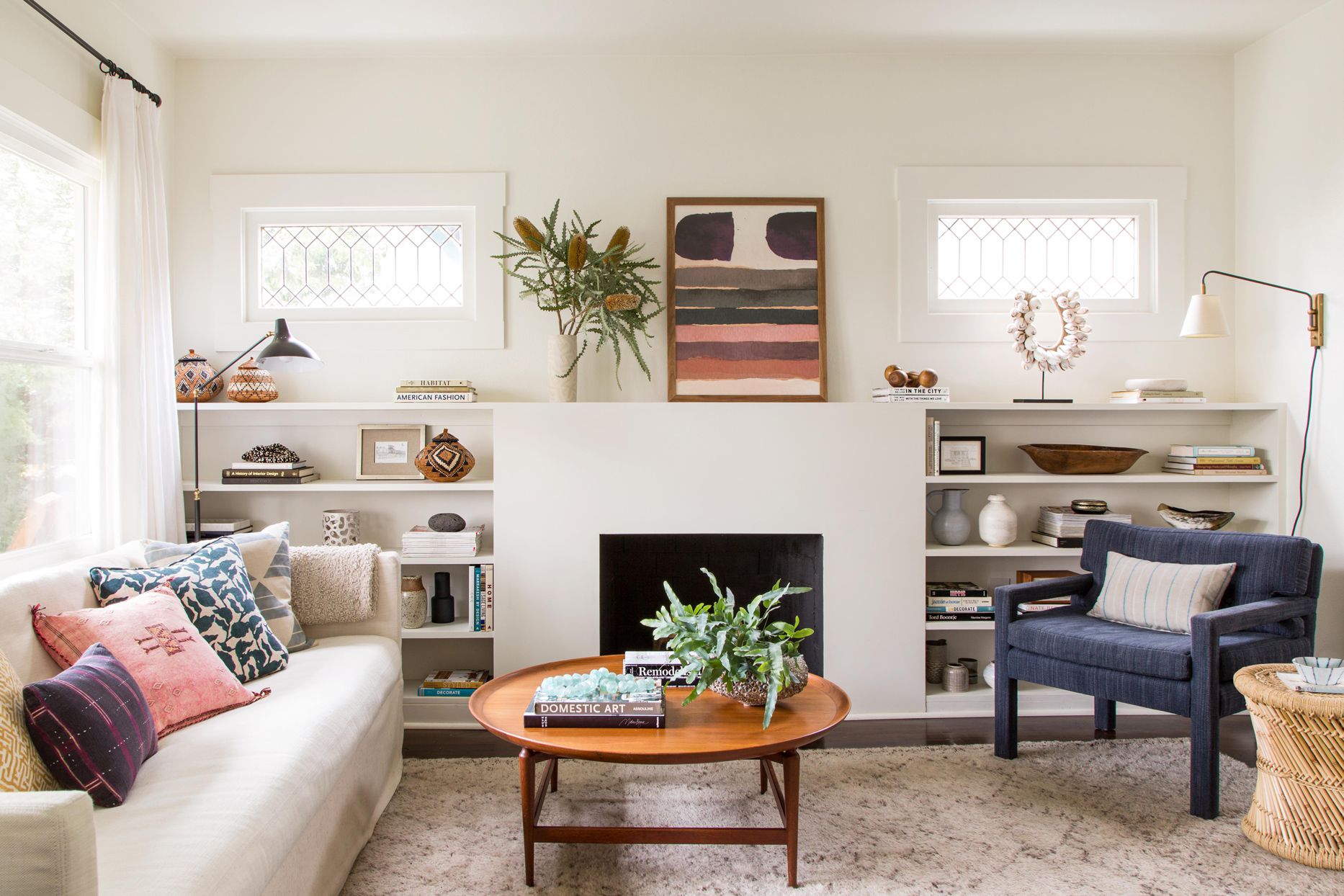

0 thoughts on “Should Living Room Furniture Be In The Same Height? We Find Out!”